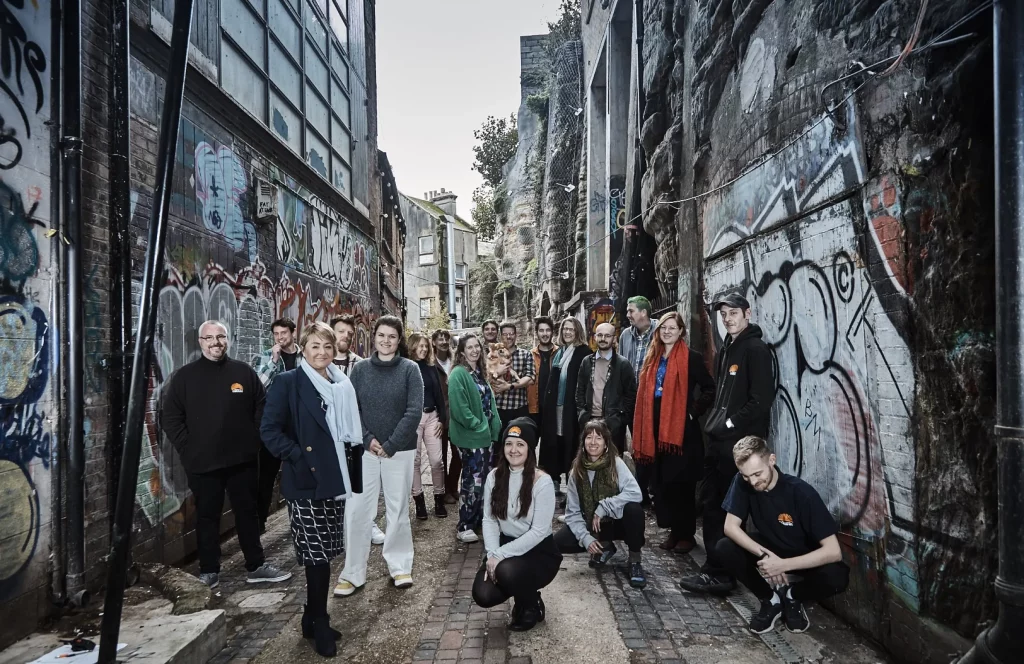This project builds affordable, eco-friendly homes for low-income families in the Chernobyl region of Belarus using straw-bale construction. These houses cost three to four times less than brick homes, are quick to build, and involve local people in planning, construction, and finishing, creating jobs and skills. Rye straw, covered with stucco, is strong, fire-resistant, and durable. The houses are highly insulated, cutting fuel use by up to four times, and many include low-cost solar water heating, greywater recycling, and water-saving fixtures.
Since the first demonstration homes in 1996, over 150 houses have been completed, with hundreds more planned. The homes meet national building codes and provide healthy living conditions while reducing CO2 emissions and air pollution. They also give local farmers a market for surplus straw, reducing the need to burn it and protecting forests by using less wood. Construction costs are about $200 per m², far cheaper than the $500 per m² for conventional homes, and the faster building time and lower energy bills make them financially sustainable without ongoing subsidies.
Socially, the project strengthens community ties, raises confidence, and improves living standards. Families who help design and build their homes feel pride and ownership. Training programs and simple construction techniques allow unskilled residents and volunteers to participate, supporting local business and employment.
The project has drawn national and international interest, with a building code now in place and cooperation spreading to other countries. By combining low-cost natural materials, energy efficiency, and community involvement, straw-bale housing offers Belarus a sustainable, scalable model for social housing that benefits people, the environment, and the economy.
Centre/President of Belarusian Div. of International Academy of Ecology







